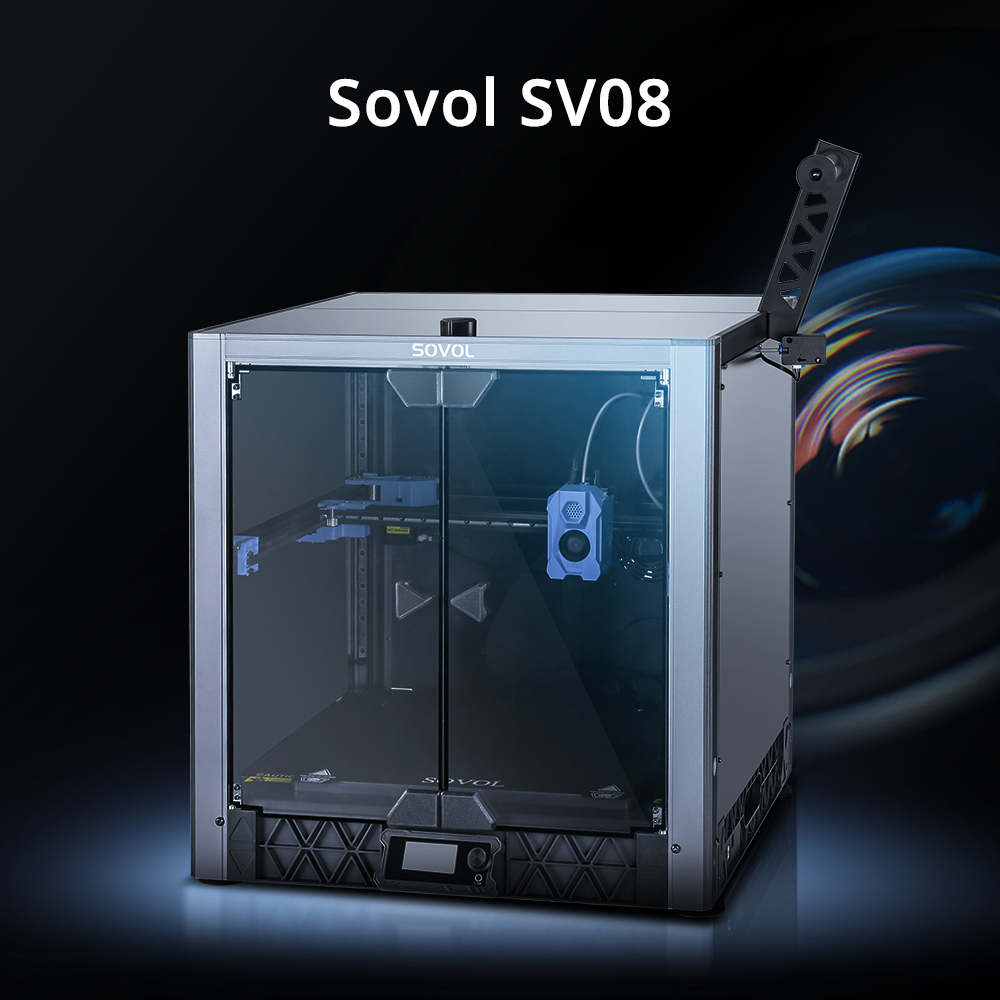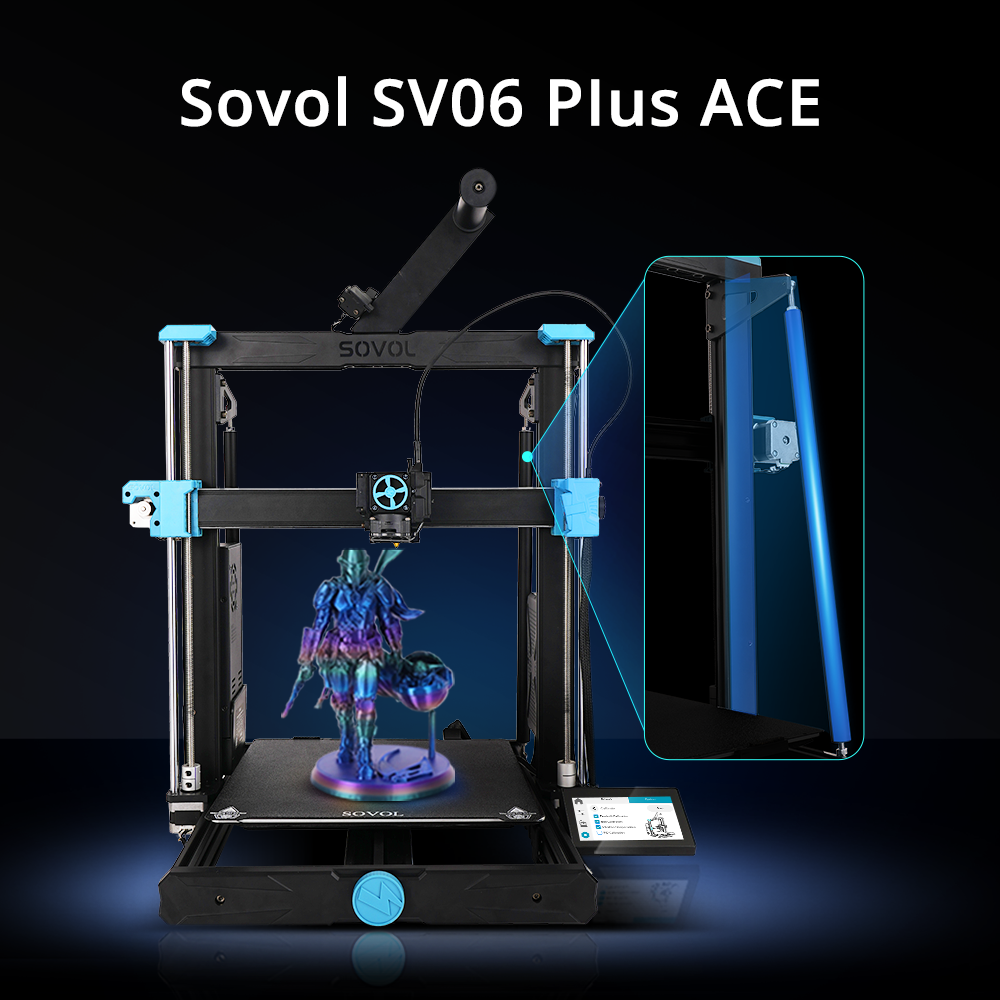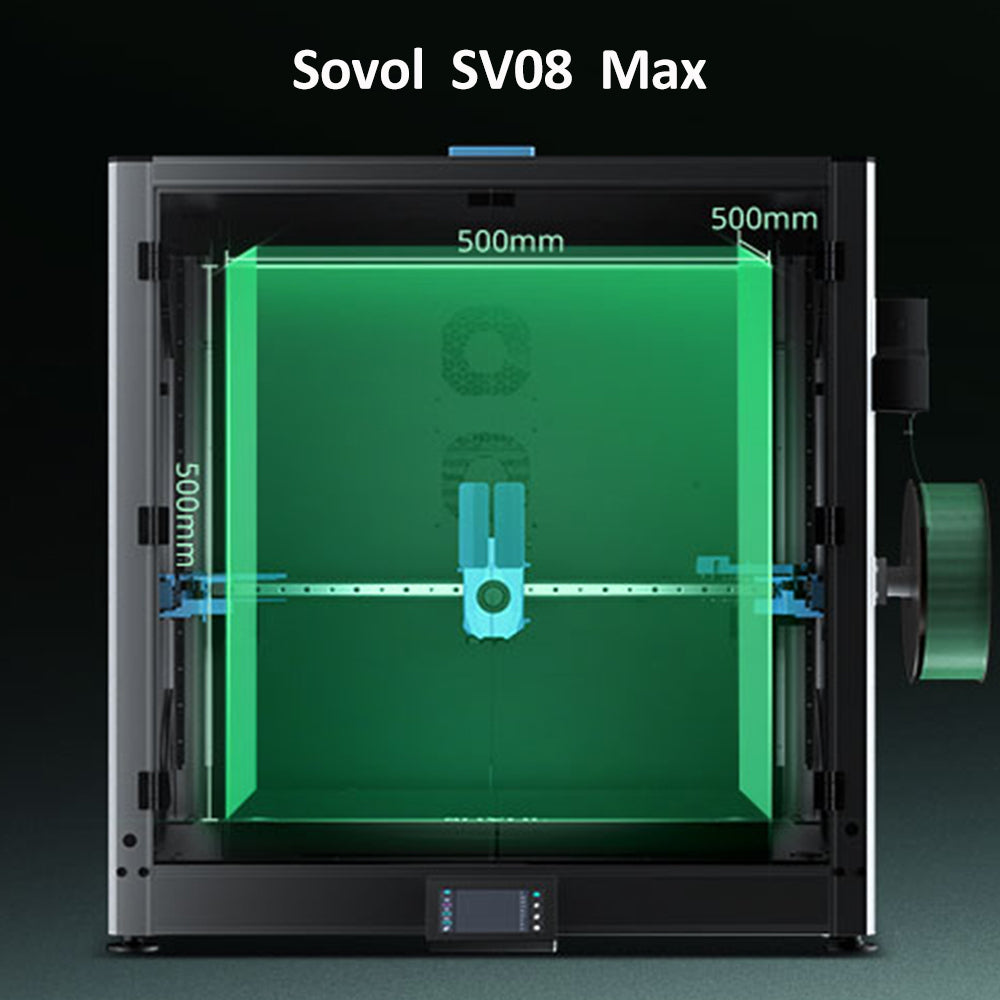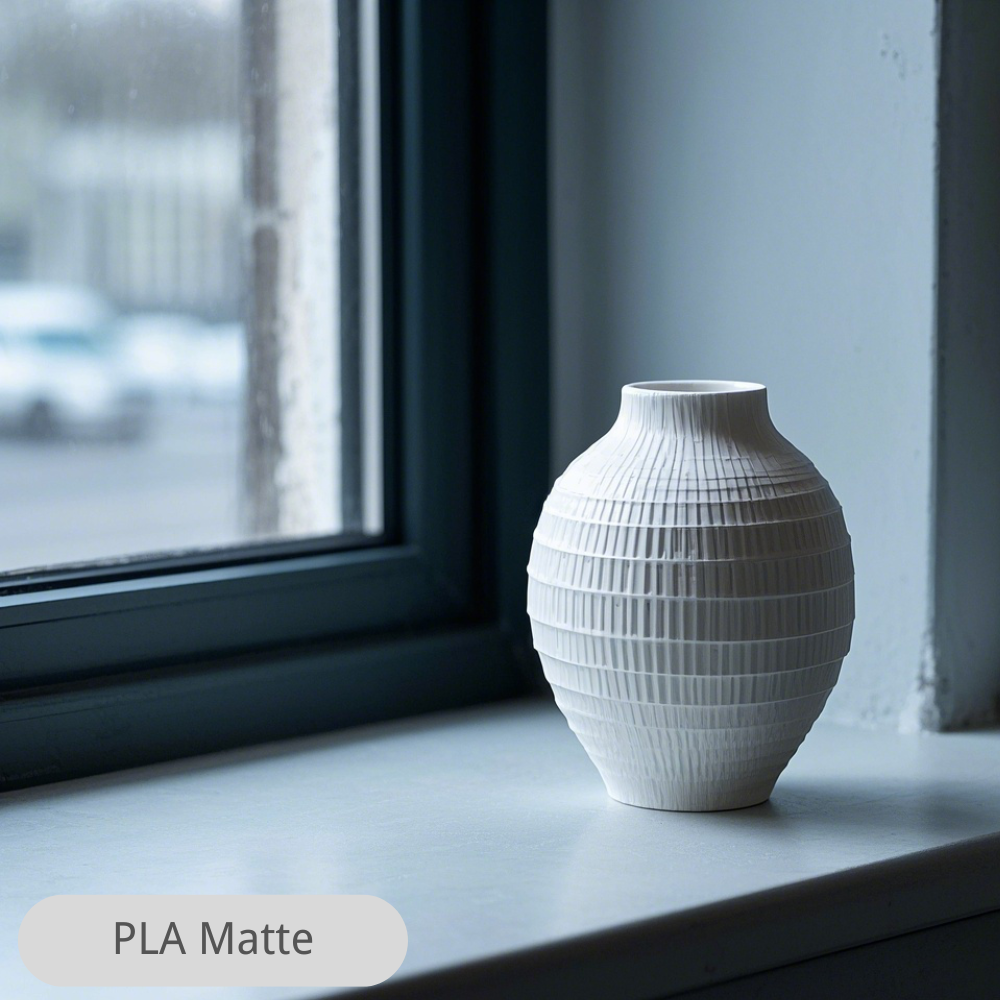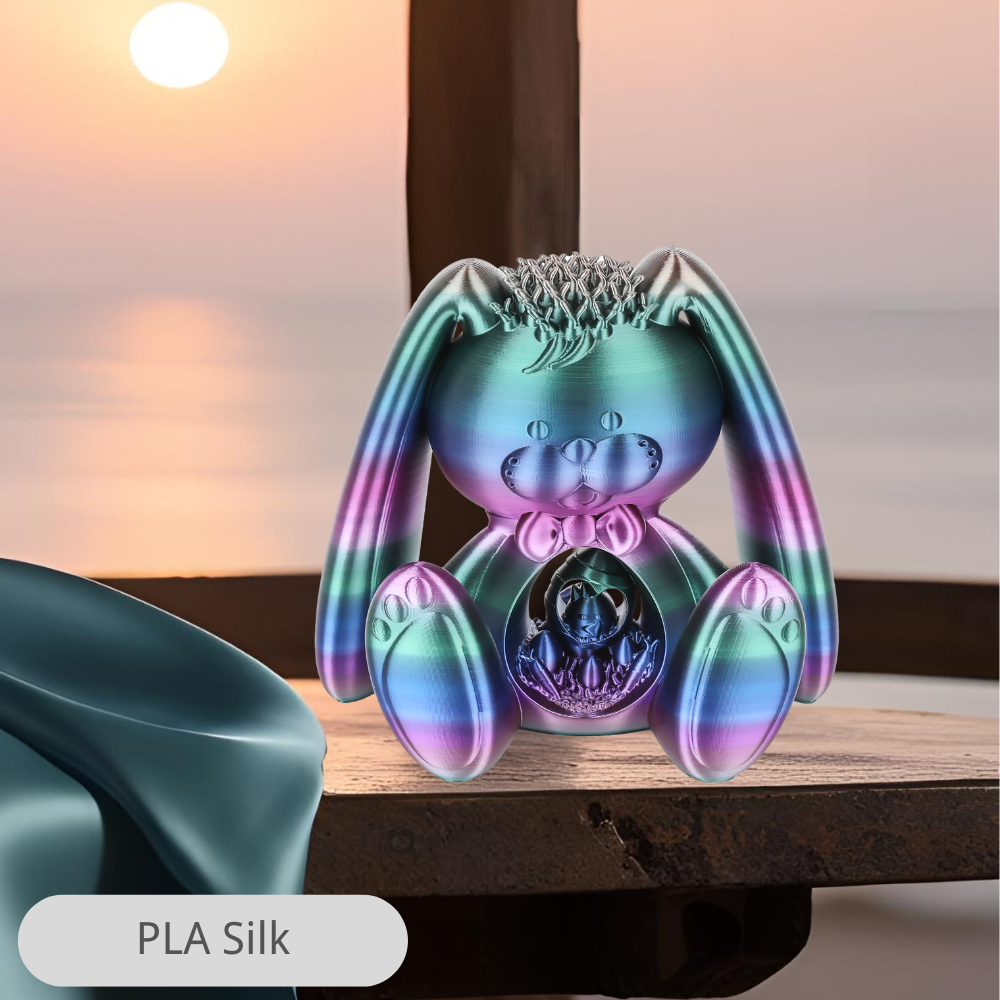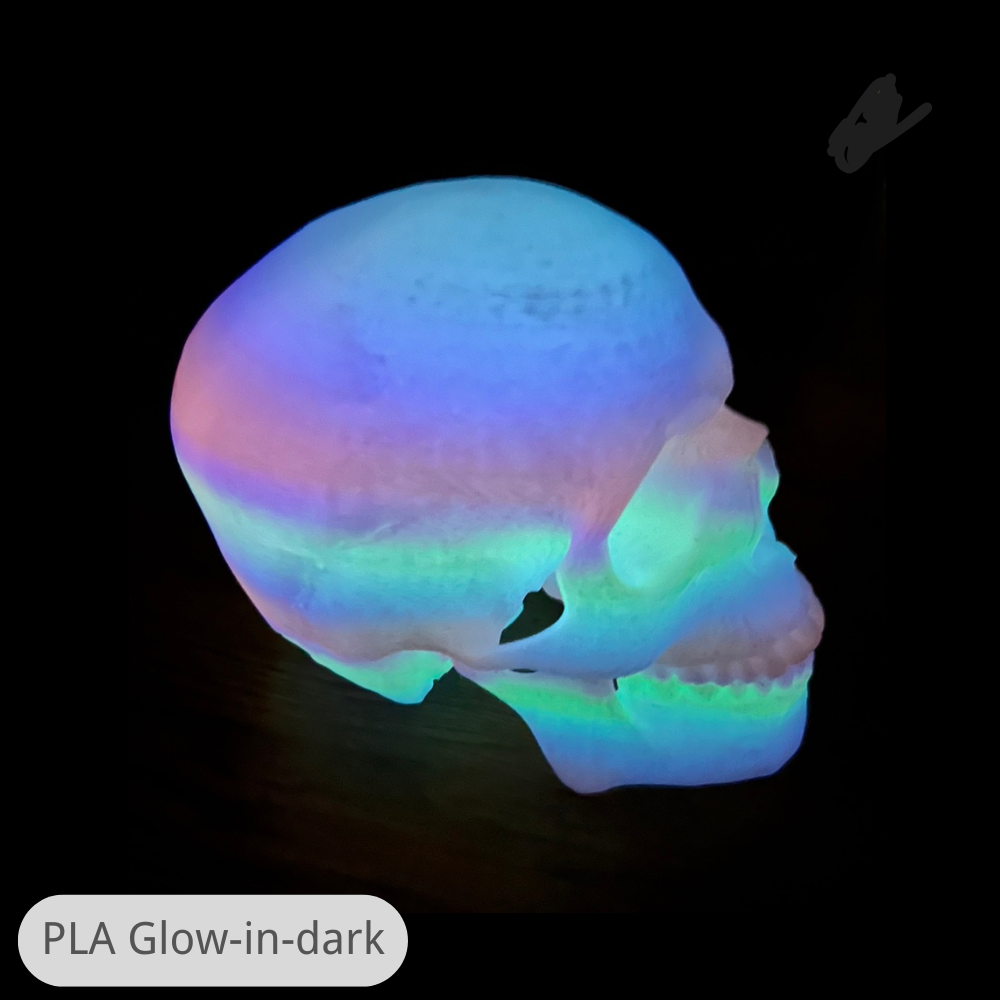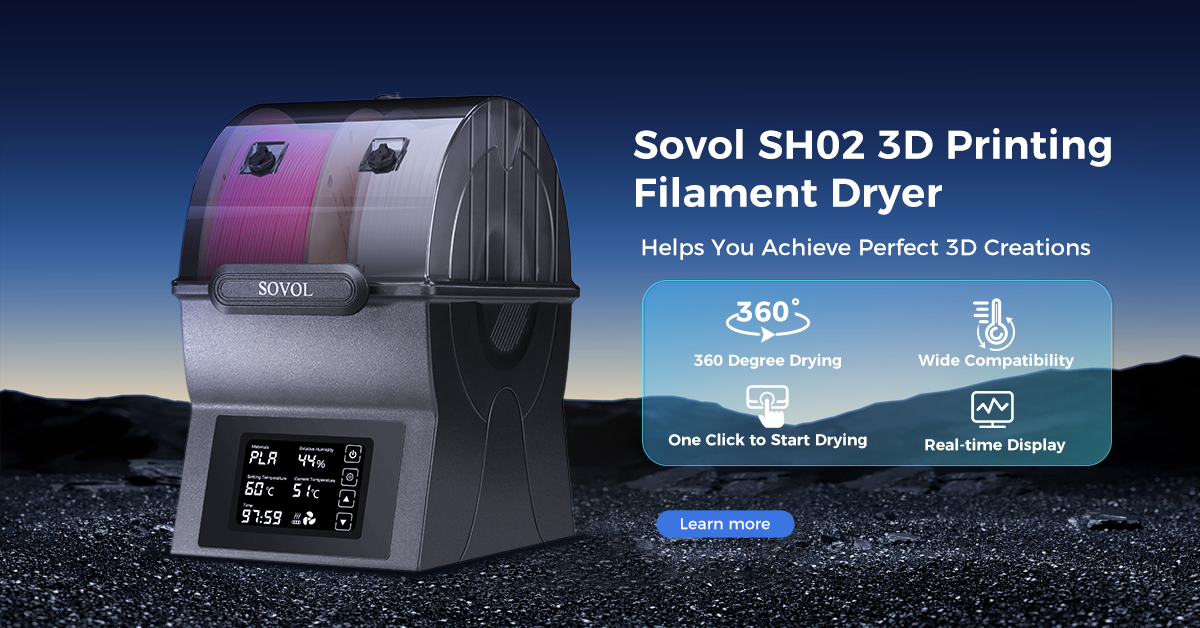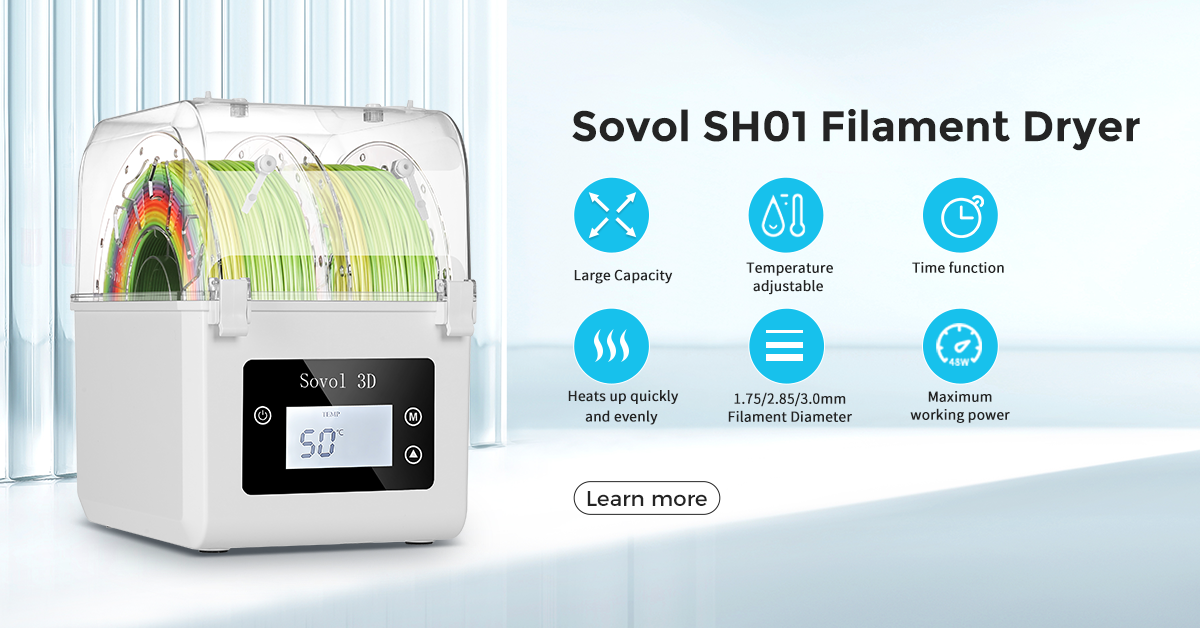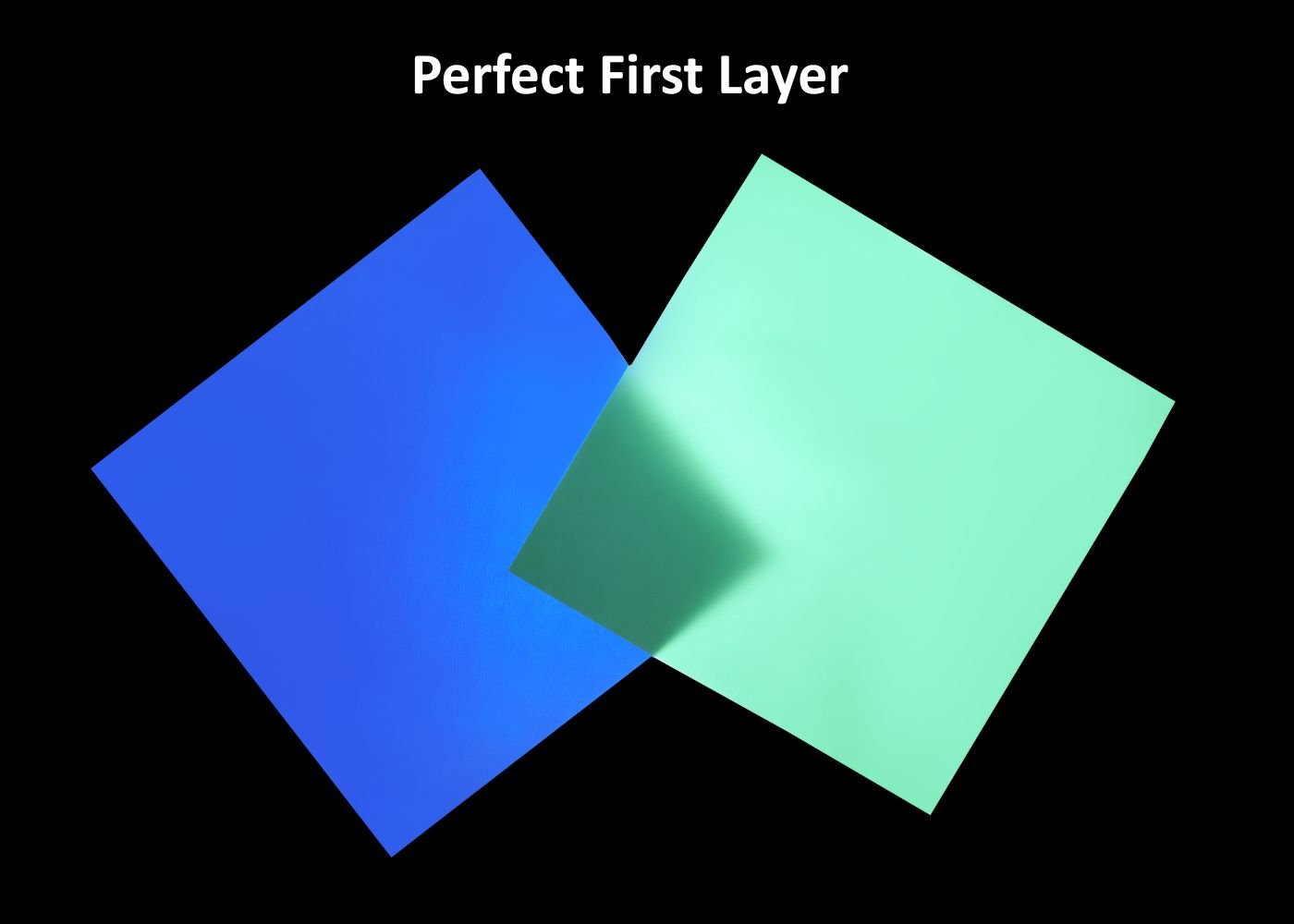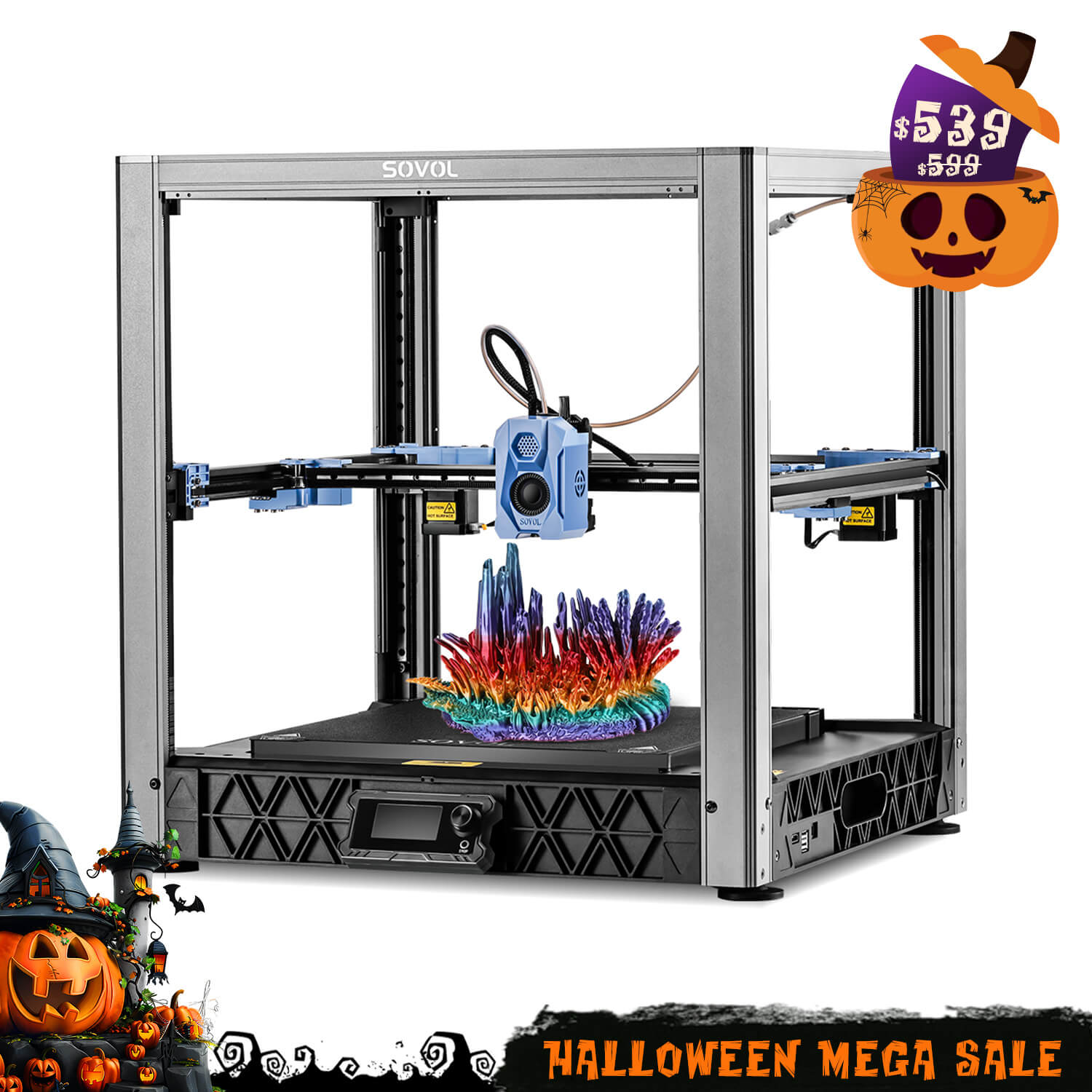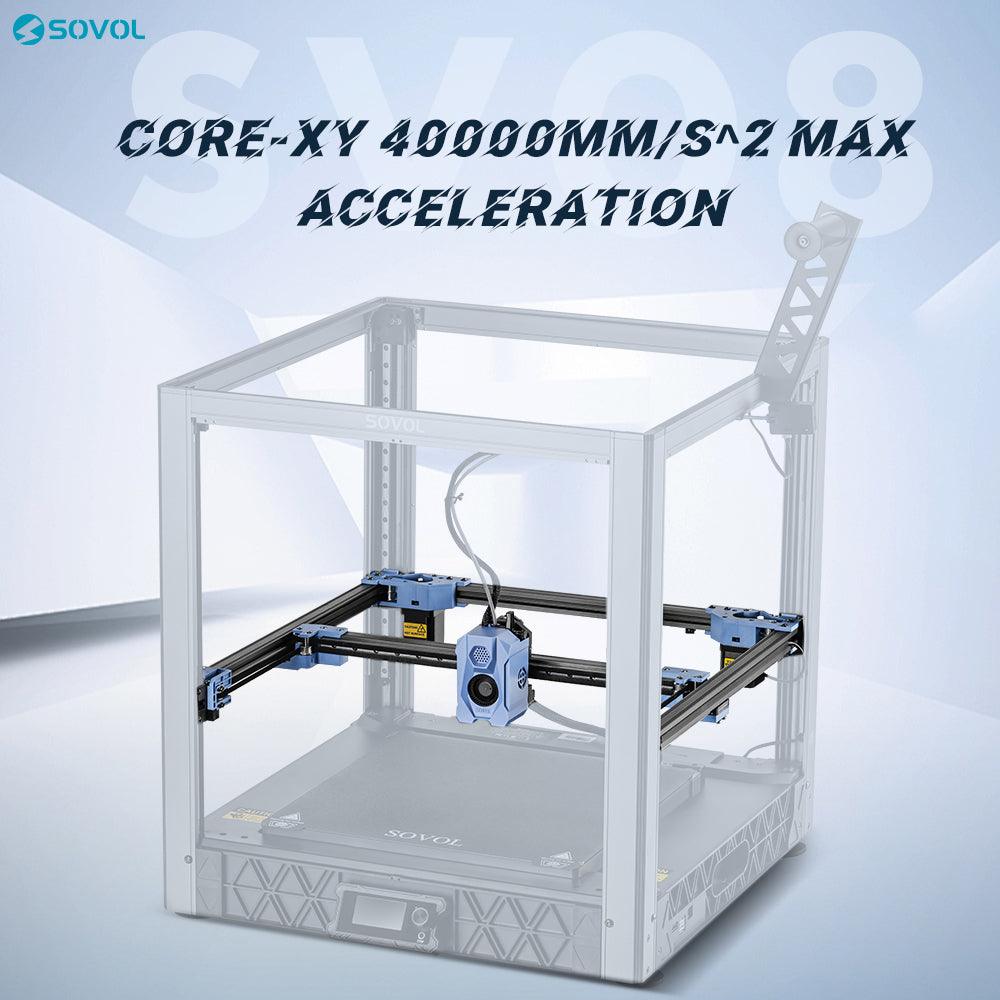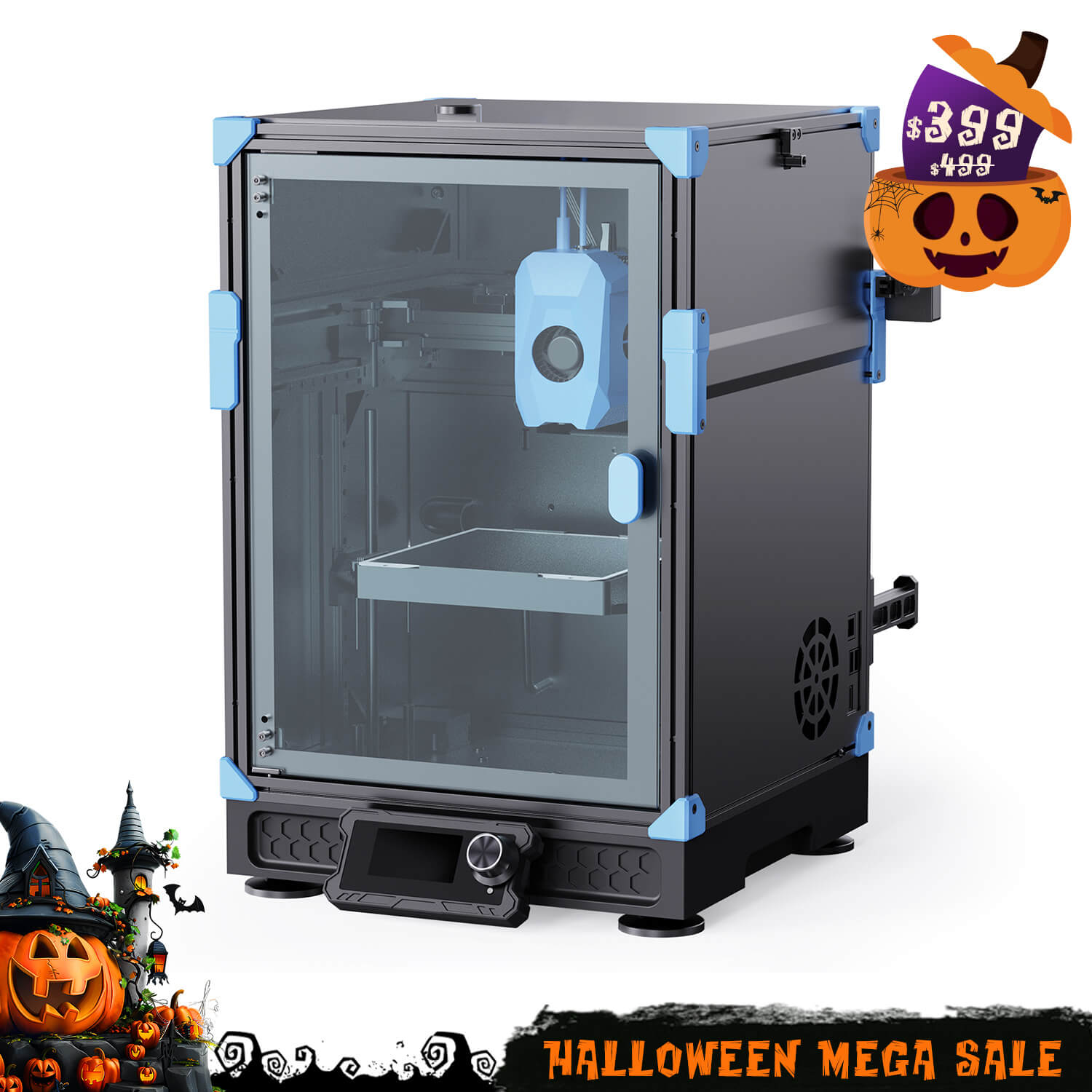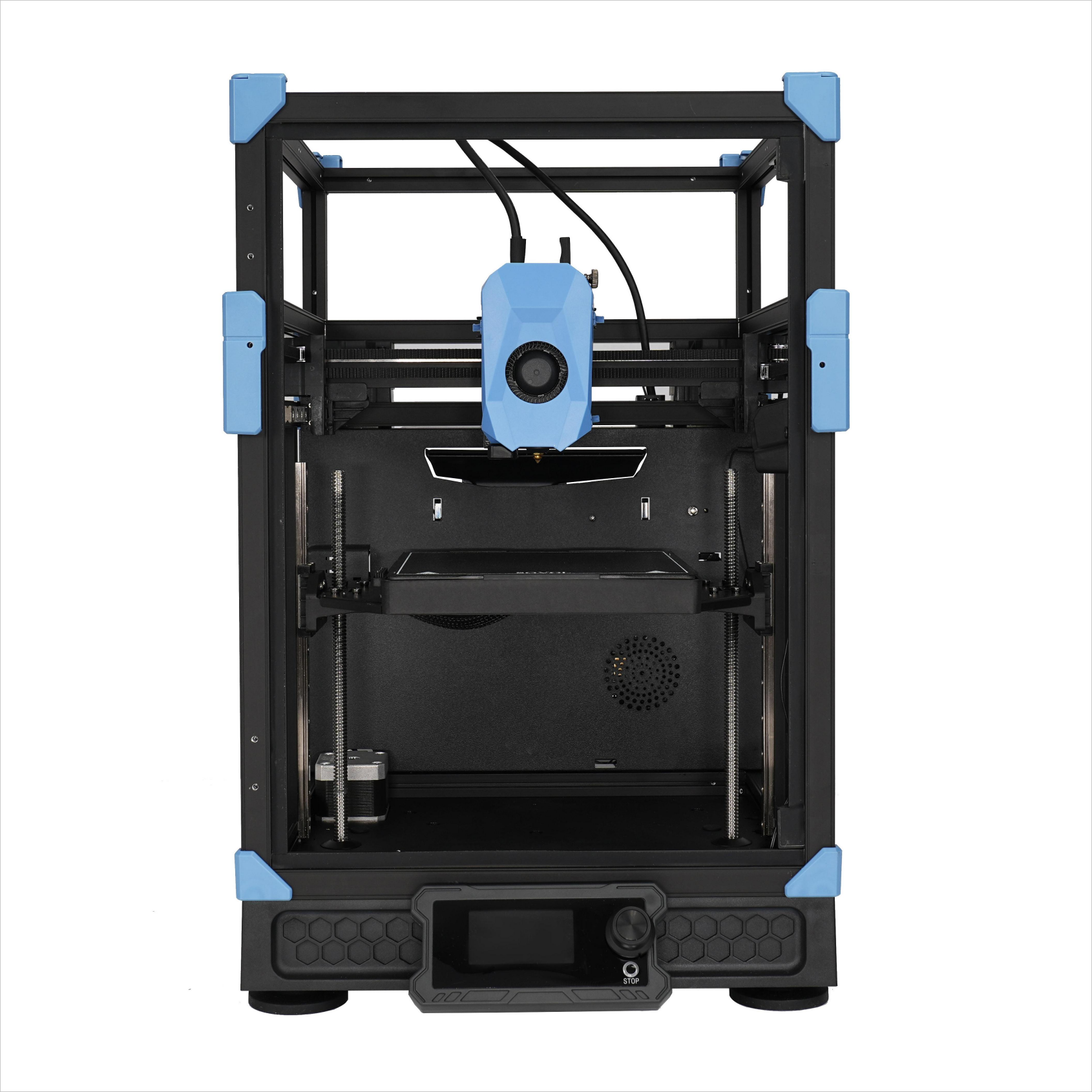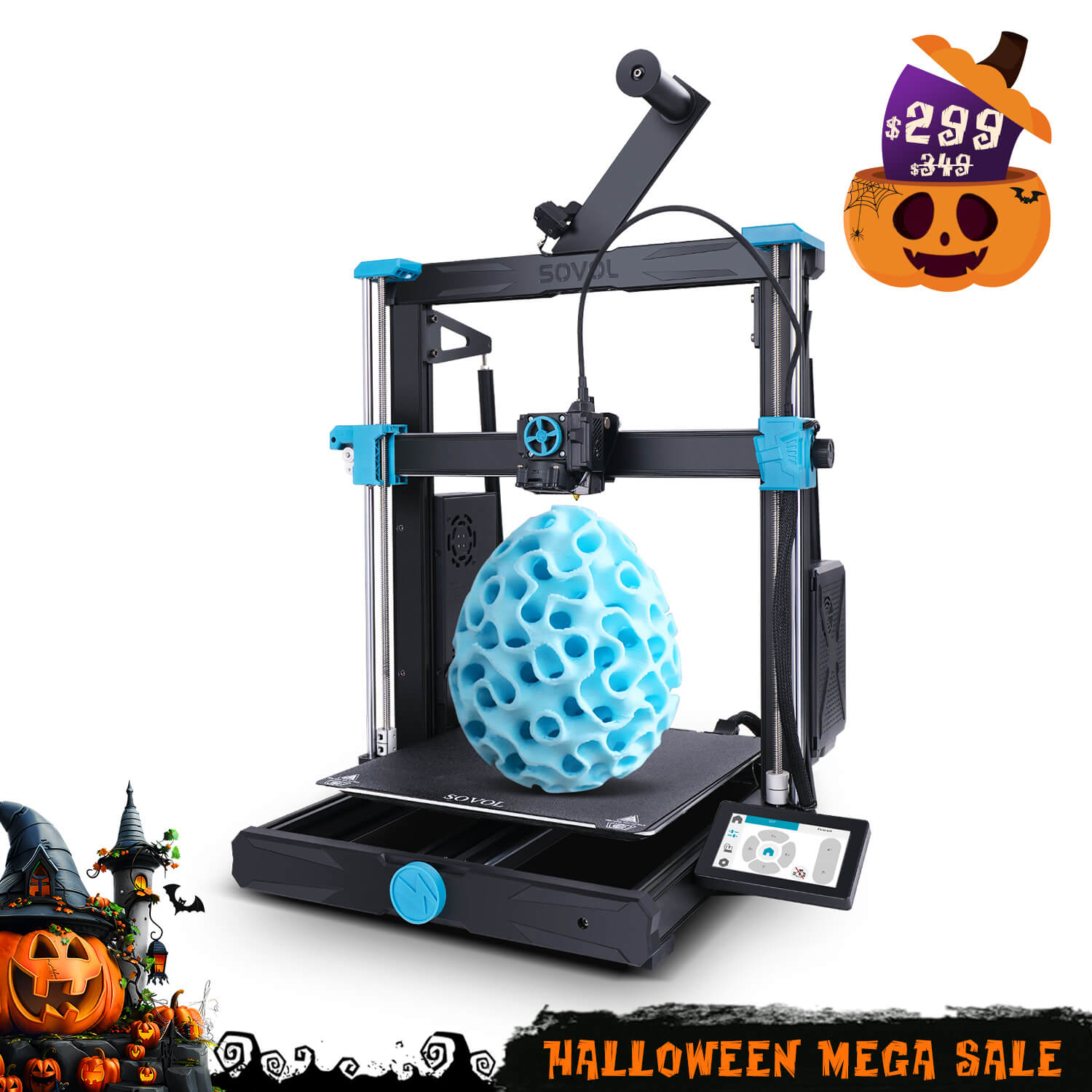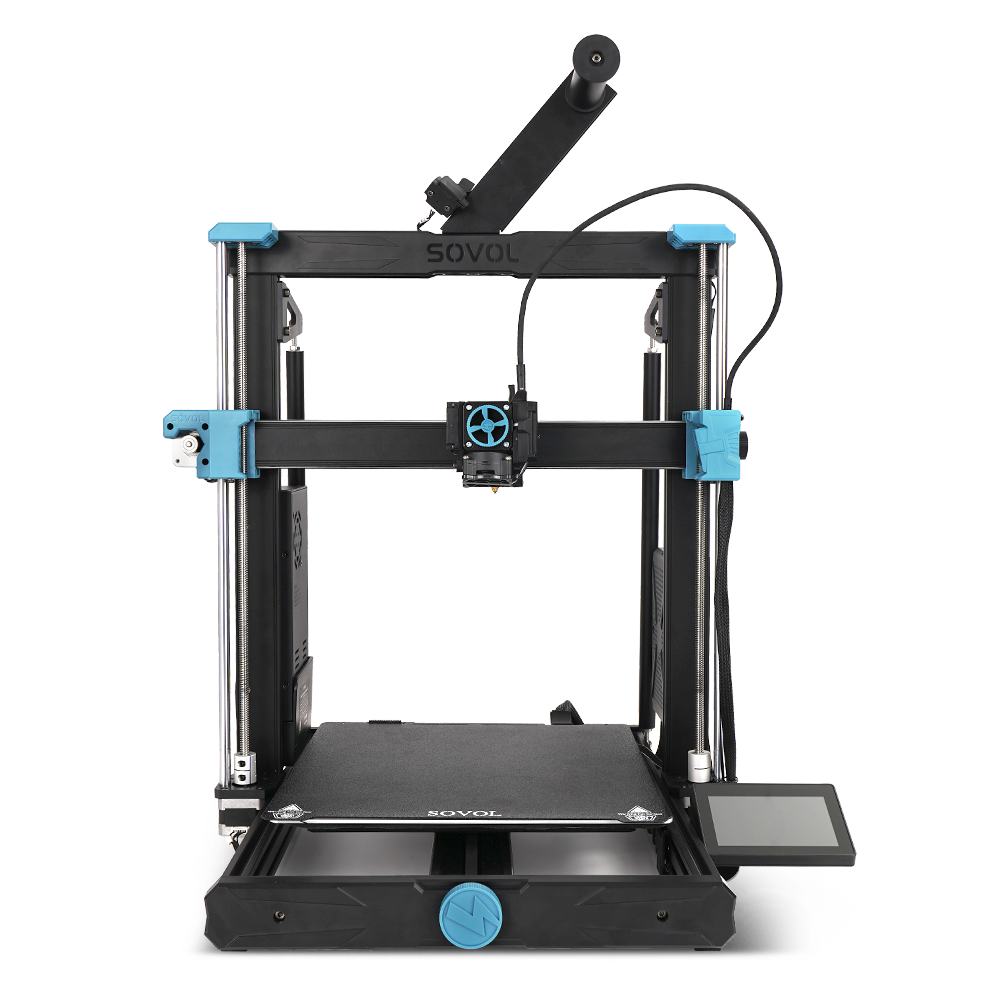Anyone can dive into the world of custom RC cars with 3d car customizer tools and Sovol filament. You just pick your favorite tool, design your dream car, export the model, and print it out. With 3d car customizer tools, you get to tweak every detail—body style, wheels, and cool accessories. Sovol filament makes your car look sharp and strong. > You’ll love seeing your ideas come to life. Even if you’re new, you’ll find the process fun and rewarding.
Key Takeaways
- Pick simple 3D car customizer tools. These help you design your own RC car. You can control the look and add cool things.
- Change your car’s color and wheels. Add parts like spoilers or lights. This makes your car special and real.
- Use Sovol filament like PLA, PETG, or ABS. Pick the one you need for strong, bendy, or heat-safe parts.
- Set the right 3D printing settings. Keep your filament in a good place. This helps your car parts stay strong and nice.
- Put your printed parts together with care. Test your RC car to see how it works. Show others your car to get better and have fun.
Choose 3D Car Customizer Tools
When you start your custom RC car journey, you need the right 3d car customizer tools. These tools let you see your car in a 3d viewer, so you can spin it around and check every angle. Many tools offer photorealistic 3d rendering, so your car looks real on your screen. Some even have AR (augmented reality) features. You can place your custom car model on your desk or driveway using your phone’s camera. Sharing your designs is easy, too. Most platforms let you show off your work with friends or online communities.
Find a Base RC Car Model
First, you need a base model to get started. Many 3d car customizer tools come with built-in libraries. You can pick a classic sports car, a monster truck, or even a futuristic racer. If you want more options, check out sites like Thingiverse, MyMiniFactory, or Cults3D. These sites have free and paid custom car models. Download a model that matches your style and fits your RC car project.
💡 Tip: Look for models labeled as “3D printable” to make sure they work well with your printer.
Explore Customization Features
Now comes the fun part—customization! Use the 3d viewer to change the color, swap out wheels, or add spoilers and lights. Some tools let you adjust the size or tweak the body shape. You can even try different wraps or decals for true vehicle customization. If you want to see how your changes look in real life, use the AR feature. This helps you spot any issues before you print.
Here’s a quick list of beginner-friendly 3d car customizer tools:
- Tinkercad (Web): Simple and free, great for new users.
- SelfCAD (Web): Offers more advanced features but stays easy to use.
- Gravity Sketch (Mobile/VR): Lets you design in 3d space.
- Vectary (Web): Good for 3d rendering and sharing.
Try out a few tools to see which one feels best for you. Each one makes vehicle customization easy and fun.
Design Your Custom RC Car
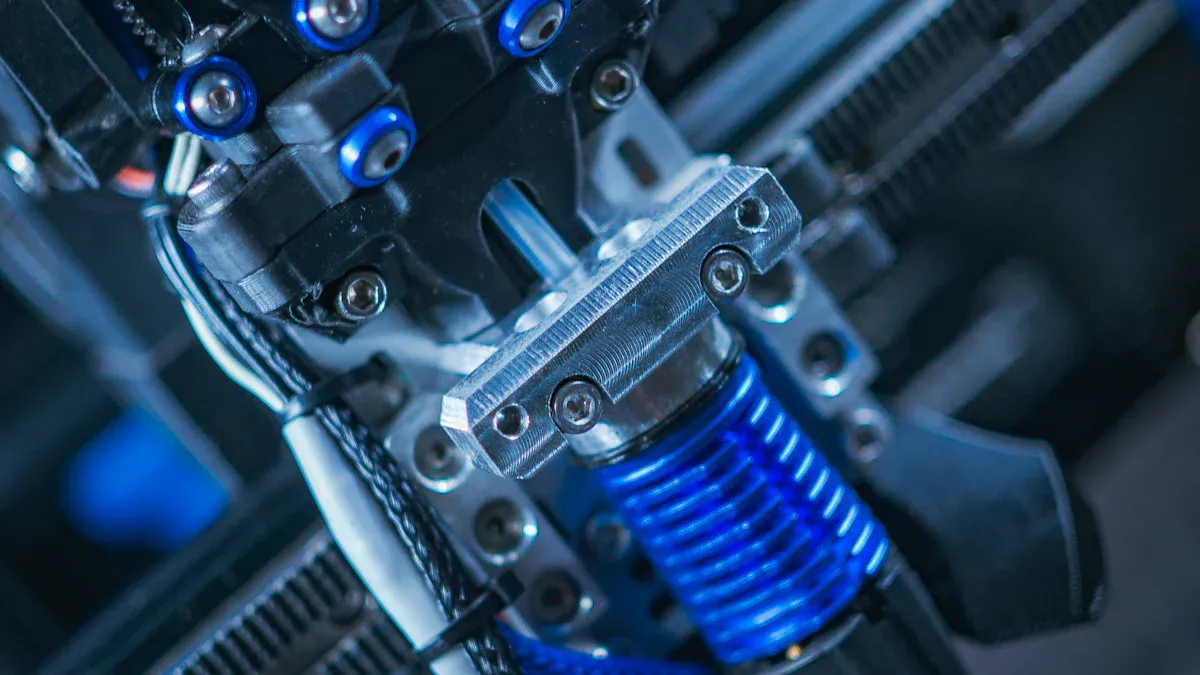
You get to bring your ideas to life when you design your custom RC car. This is where you can let your creativity shine. You can change the look, tweak the structure, and make sure your car stands out on the track.
Modify Body, Wheels, and Accessories
Start by opening your 3d car model in your favorite 3d editor or 3d viewer. You can pick the paint color, add racing stripes, or even try wild wraps. Want your car to look like a real race car? Add spoilers, side mirrors, or a roof scoop. You can swap out the wheels for bigger ones or choose a style that matches your vision. Some 3d models let you add lights or even a custom interior.
💡 Try adding accessories like bumpers or roof racks. These small changes can make your RC car unique.
Advanced customization goes beyond looks. You can adjust the gear system or suspension. For example, some high-performance RC cars use gear ratios like 4.86:1 and special gear shapes to spread out wear and boost durability. TPU linkers can help absorb shocks, and double Cardan joints keep the wheels spinning smoothly. These tweaks can help your car last longer and run better.
Adjust Size and Structure
You might want to change the size of your 3d model to fit your RC chassis or electronics. Use the scale tool in your 3d editor to make the body bigger or smaller. Check the wheelbase and make sure the wheels line up with your RC car’s axles. If you want to add a new suspension or change the interior, now is the time.
Some 3d car customizer tools let you test your design in a virtual environment. You can use AR features to see your car on your desk or driveway. This helps you spot problems before you print. You can also use the 3d viewer to spin your car around and check every angle.
If you want your RC car to perform better, try changing the weight balance or adjusting the drivetrain. In some tests, advanced control setups and custom vehicle parameters helped RC cars beat expert drivers in lap times.
Save and Export 3D Model
Once you finish your design, save your work. Most 3d editors let you export your 3d models in STL or OBJ format. These files work with most 3D printers. Make sure you check that all parts are solid and there are no holes in the mesh. This step helps you avoid printing problems later.
- Save your project file so you can make changes later.
- Export each part (body, wheels, accessories) as a separate STL or OBJ file.
- Double-check the scale and orientation before exporting.
🛠️ Tip: Make sure your 3d models are not too thin or fragile. Parts should be thick enough to print well and strong enough for RC use.
Now you are ready to move on to 3D printing. With your custom design and Sovol filament, your RC car will look and perform just the way you want.
Prepare for 3D Printing
Slice and Set Print Parameters
Before you start printing, you need to slice your model. Slicing software turns your 3d design into instructions for your printer. Popular slicers like Cura, PrusaSlicer, or Sovol’s own slicer work great for RC projects. When you set up your print, pay attention to these settings:
- Layer height: A smaller layer height (like 0.1 mm) gives you smoother parts but takes longer.
- Infill density: Higher infill (30% or more) makes your car parts stronger.
- Supports: Turn on supports for overhangs or tricky shapes.
- Print speed and temperature: Slower speeds and the right temperature help your parts come out tough and reliable.
Printing parameters matter a lot! Studies show that things like print speed, layer thickness, and infill can change how strong your parts are. For example, changing the build orientation can make ABS parts much tougher. If you want your RC car to last, take time to get these settings right.
Choose Sovol Filament Type
Picking the right Sovol filament makes a big difference. Each type has its own strengths. Here’s a quick guide:
|
Filament Type |
Printability |
Strength |
Flexibility |
Impact Resistance |
Heat Resistance |
|---|---|---|---|---|---|
|
PLA |
Very easy |
Good |
Stiff |
Low to moderate |
Low |
|
PETG |
Moderate |
High |
Some |
Good |
Moderate |
|
ABS |
Harder |
High |
Tough |
Excellent |
High |
- Use PLA for easy prints and display models.
- Try PETG for parts that need to bend or take a hit.
- Pick ABS for tough, heat-resistant parts like bumpers or engine covers.
💡 Tip: If you’re new, start with PLA. If you want your car to handle crashes or sun, try PETG or ABS.
Store and Prep Filament
Filament needs to stay dry for the best results. Moisture can ruin your print and make parts weak. Always store Sovol filament in a sealed bag or dry box. Sovol’s SH01 dry box keeps your filament safe and ready to use.
- Dry your filament before printing, especially if it feels sticky or brittle.
- Keep your workspace clean and dust-free.
Good storage means fewer print fails and stronger RC car parts!
Print & Assemble
Print and Post-Process Parts
Once your printer finishes, you get to see your custom parts for the first time. Remove each piece from the print bed. Use small pliers or a scraper if needed. You might see some rough edges or extra bits called "supports." Cut these away with clippers or a hobby knife. Sand the surfaces with fine sandpaper to make them smooth. Try fitting the parts together by hand. If something feels too tight, sand it a little more. Clean off any dust before you move on.
💡 Tip: Wash your parts with warm water and mild soap to remove leftover dust or oils.
Assemble RC Car
Now you can build your RC car. Start with the main body and attach the wheels. Use screws or clips to hold everything in place. Add the electronics next. Place the motor, battery, and receiver inside the body. Connect the wires as shown in your RC kit instructions. Make sure the wheels spin freely and the steering moves left and right. Double-check that all screws are tight but not too tight.
- Attach body panels and accessories last.
- Test the fit of each part before final assembly.
Test and Troubleshoot
Turn on your RC car and try a slow test drive. Watch for any strange noises or parts that do not move right. If the wheels wobble, check the axles and tighten them. If the car does not move, check the battery and wire connections. Sometimes, you may need to adjust the steering trim on your remote.
If you spot a problem, do not worry. Most issues have simple fixes. Take your time and enjoy the process.
Share and Upgrade
You finished your project! Show off your custom RC car by taking photos or videos. Share your build on social media or join online groups for RC fans. You can always upgrade your car later. Try new paint, swap in a faster motor, or print new parts with your 3d printer. The fun never stops when you keep creating.
🚗 Keep exploring and make your RC car truly one of a kind!
You can start building your own 3d custom car today. Let your ideas run wild and turn them into your dream ride. Share your finished project online or join the Sovol community to get inspired by others.
- Visit Sovol’s website for the best filament and accessories.
- Show off your creation and help others get started.
You have everything you need to make something awesome. Go for it!
FAQ
How do I pick the best 3D car customizer tool for my project?
Try a few beginner-friendly options like Tinkercad or Vectary. Look for tools with easy controls, STL export, and good support. If you want to use AR or share designs, check if the platform offers those features.
What Sovol filament should I use for strong RC car parts?
For tough parts, use Sovol PETG or ABS. PETG gives you flexibility and impact resistance. ABS works well for heat and heavy use. If you want easy printing, start with Sovol PLA.
💡 Tip: Dry your filament in a Sovol SH01 dry box for the best results!
Can I print all RC car parts with a regular 3D printer?
Yes, you can print most parts like the body, wheels, and accessories. Some small or flexible parts may need special filament or settings. Always check your printer’s size and material compatibility.
What should I do if my printed parts don’t fit together?
Sand the edges gently or adjust your 3D model’s scale. Try a test print of small sections first. If you still have trouble, ask for help in Sovol’s online community.
How can I make my custom RC car look more realistic?
Paint your printed parts, add stickers, or use colored Sovol filament. Try adding details like spoilers, mirrors, or lights. Share your results online for more ideas and feedback!
Show off your RC car in Sovol’s community and inspire others! 🚗

